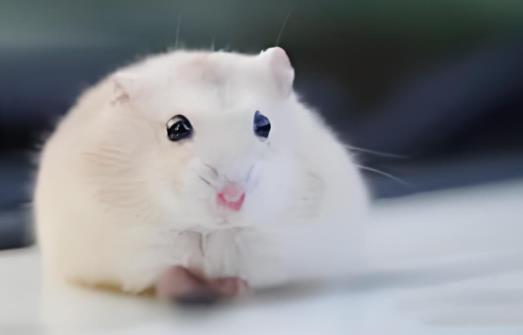Here’s a comprehensive guide to scientifically raising hamsters, covering key aspects like environment, diet, health, and interaction:

1. Basic Habitat Setup
Cage Selection
Size: Dwarf hamsters need at least a 60 cm cage; Syrian hamsters require more space. Avoid small "garden cages" (prone to stereotypic behaviors).
Bedding: Use wood shavings or walnut sand (4–5 cm thick) in summer; add extra wood shavings or paper cotton for winter warmth.
Temperature Control: Maintain 20–28°C. Avoid direct sunlight or AC drafts; use ceramic hides for summer cooling.
Essential Facilities
Exercise Wheel: Dwarf hamsters need ≥17 cm diameter; Syrians need ≥25 cm. Skip wire wheels.
Hides & Chews: Provide wooden shelters and apple branches to satisfy hiding and teeth-grinding needs.
2. Diet Management
Staples & Supplements
Base Diet: Focus on whole grains (millet, corn flakes) and mix with specialized hamster food.
Fruits & Veggies: Offer small amounts of low-sugar veggies like carrots and broccoli. Avoid high-water fruits like watermelon.
Toxic Foods: Never feed chocolate, onions, or human snacks high in salt/sugar.
Water Safety
Provide cooled boiled water or purified water. Change daily and clean the bottle.
3. Daily Care & Health
Cleaning & Sanitation
Sand Baths: Hamsters self-clean with bath sand—never bathe them in water (risks drowning or stress).
Cage Disinfection: Replace bedding weekly. Wipe cages with white vinegar water or 75% alcohol.
Health Monitoring
Observe appetite and stool. Seek vet care immediately for wet tail or abnormal breathing.
4. Behavioral Interaction & Safety
Building Trust
Start by guiding with snacks (e.g., smear hairball paste on your hand); avoid grabbing forcefully.
Call their name softly and gradually increase interaction time.
Safety Taboos
Solitary Nature: Always house hamsters separately. Cage-mixing leads to fatal fights.
Fall & Escape Prevention: Keep cages off high surfaces (hamsters misjudge heights due to poor vision).
5. Seasonal Considerations
Summer: Ensure ventilation. Use ceramic hides or ice packs (mind condensation).
Winter: Add cotton nests to prevent torpor (high cold-related death risk).
Following these methods can significantly improve your hamster’s quality of life and lifespan.
